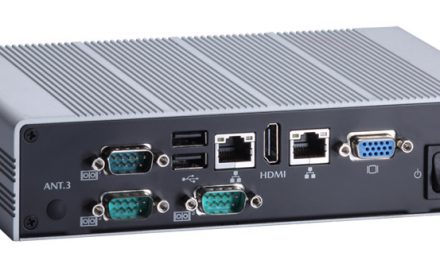Data encryption is the conversion or translation of data into code or a form that it unreadable to people unauthorised to access it. For the data to be readable it will take either a decryption key or a password. Those components will be known by the recipient. You probably might have heard about terms such as plain text and cipher text. These are terms that refer to data forms for data that is encrypted and that which is not respectively. Data encryption is commonly used to protect the integrity and security of data. In this article we shall discuss different types of encryption in use.
Table of Contents
Encryption Types – Broad Overview
There are broadly two namely, symmetric and asymmetric encryption methods.
Symmetric Encryption
When using symmetric encryption, only one private key is used. Data is broken down into blocks of fixed lengths. The private key is what is used to decrypt the message when it reaches the recipient. Thus when a sender uses symmetric encryption they must ensure the recipient has the private key. This type of encryption has been in use for ages. Bear in mind that it is that one private key that is used for encrypting and decrypting the data.
How It Works
The sender uses a private to encrypt the data before sending it. The sender then shares the private key with the recipient which they will use to decrypt.
Asymmetric Encryption
Asymmetric encryption entails the use of 2 keys namely, private key and public key. Asymmetric encryption is also called public key encryption. Encryption will be done using a public key – public is not sensitive i.e. anyone can have access to it. The private key is, however, private and can only be made available to the intended recipient (s). Asymmetric encryption is so water-tight that breaking it is virtually impossible.
How It Works
Consider two people who want to exchange data (i.e. sender and receiver). They each must generate a public key and a private key. When the sender wants to send data they ought to find out what the recipient’s public key is. They then use that public key for data encryption before sending the data. Upon reception, the receiver will decrypt using the private key. For that recipient to respond they then do the same thing the sender did.
Let us now look at the different types of encryption:
Triple DES – Triple Data Encryption Standard
Using this type of encryption akin to the symmetric encryption we discussed earlier. Data essentially goes through 3 processes i.e. encryption, decryption and re-encryption. When it is encryption it follows that order we just used. When it is decryption the order is decryption, encryption then decryption. This encryption works using a 56 bit key. This type of encryption is slow and prone to breaches.
AES – Advanced Encryption Standard
Interestingly, this type of encryption also follows the symmetric format. The 3-setp process is used as for Triple DES but for Triple DES it is the whole data set that goes through those steps. As for AES, it is each and every bit that undergoes those 3 steps (i.e. encryption, decryption and re-encryption). Despite all that it does employ the use of one private key. AES works using a 128 bit or a 192 bit key – even a 256 key.
Blowfish
Blowfish encryption uses the symmetric method. Bits here range from 32 to 448 bits. During encryption or decryption data is broken down into blocks. Blowfish is encryption software that is available for free for anyone to use. It is commonly used by e-commerce sites due to its impenetrable encryption. Actually, it is said that it has never been cracked ever since it was developed.
RSA – Rivest Shamir Adleman
This works using the asymmetric method. Symmetric encryption uses 2 keys. Bits here range from 1024 to 2048 bits. These huge sizes of keys involved offer both an advantage and a disadvantage. The advantage is that the encryption is very strong. The disadvantage is that encryption takes a very long time. Overall, it is hailed as the strongest encryption out there. Any processes entailing data transmission over the internet are where RSA is most suited.
Twofish
This is yet again a symmetric-based type of encryption. This is a much later version of Blowfish that we discussed earlier. The number of bits here can span from 128 to 256 bits. The process here entails 16 cycles or rounds whenever data is being encrypted. Twofish allows you to determine encryption parameters such as speed of encryption. Just like Blowfish it is also freely available for anyone to use.
FPE – Format Preserving Encryption
This type of encryption encrypts your data whilst keeping the original format. Let us suppose you are using a passcode such as cyberglobal#@7. It will encrypt that passcode into a passcode following the same format (i.e. 11 letters followed by 2 special characters then a single-digit number) but using different characters. You could say that the cipher text will follow the format of the plain text. Some examples of the common domains in which FPE is used are banking and retail.
Hashing (or Hash)
This type on encryption is commonly used for verifying data. However, it can also be categorised as a type of encryption. For instance, when data is send from one point to another there are certain things that are checked. Some of them are identities, digital signatures and so on. Recall we mentioned that one of the things encryption does is to protect data integrity. This is what hashing does and that is why it can be termed a type of encryption (despite it seeming like it is not encryption).
Diffie Hellman Key Exchange
This type of encryption entails the exchange of keys over public channels. If you have understood the working mechanism of symmetric encryption you would see why type of encryption is vital. The core attribute of Diffie Hellman Key Exchange is that it leverages on the uphill task of trying to factor big prime numbers.





